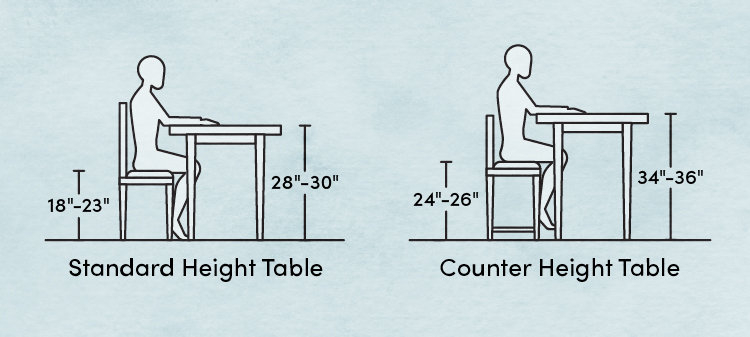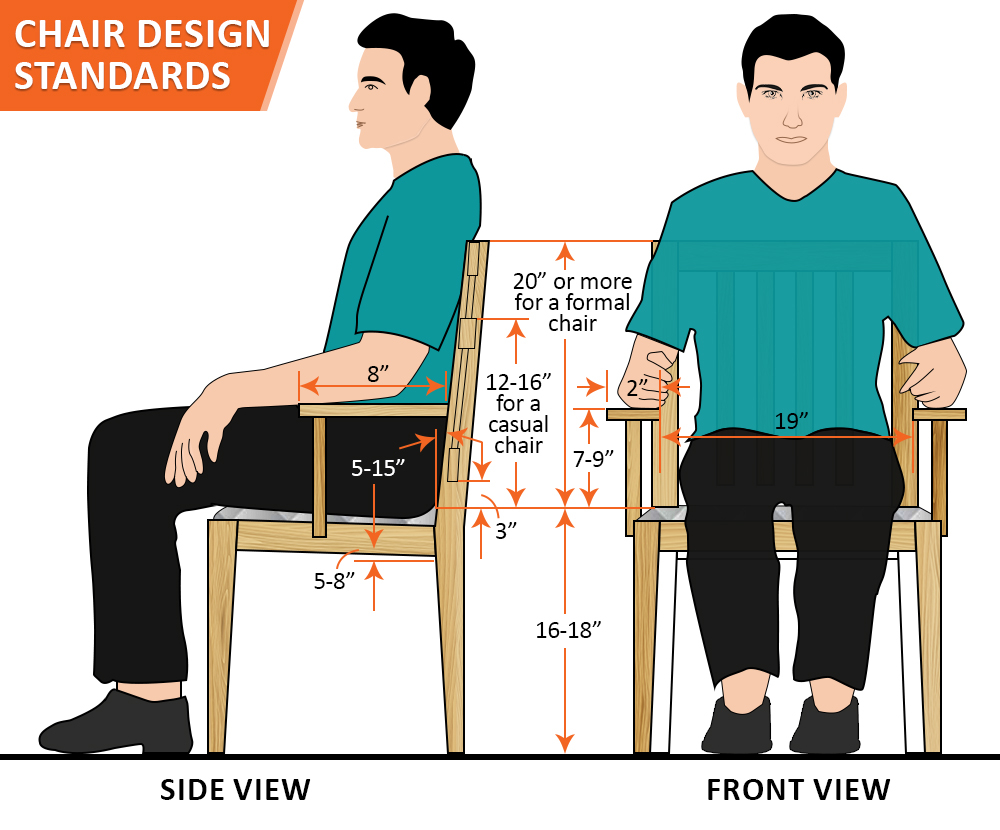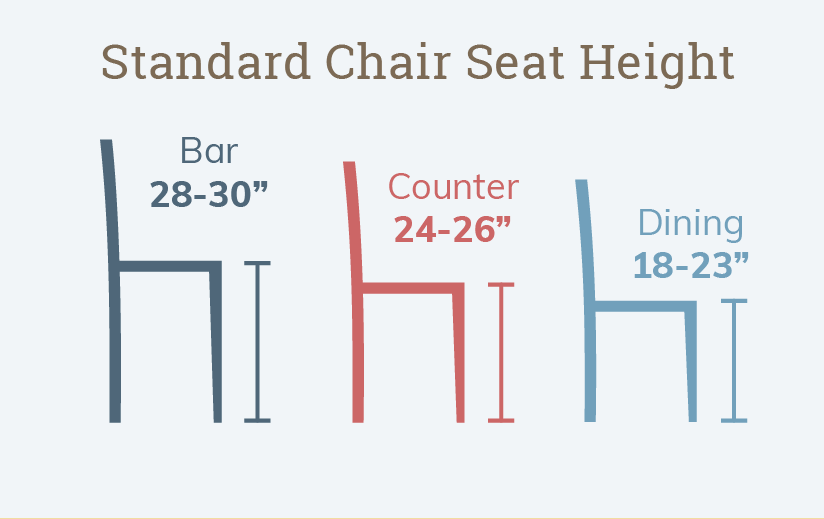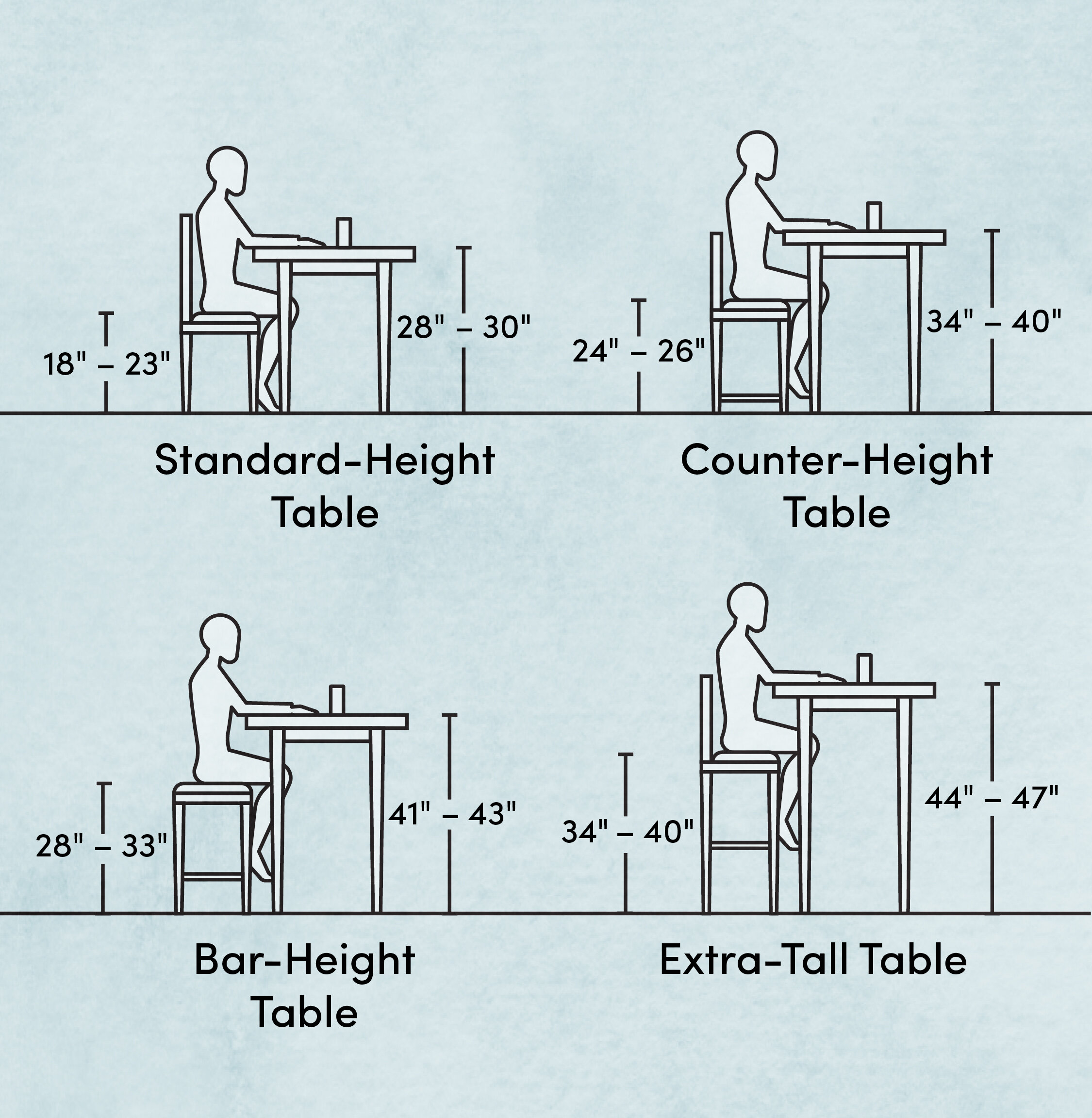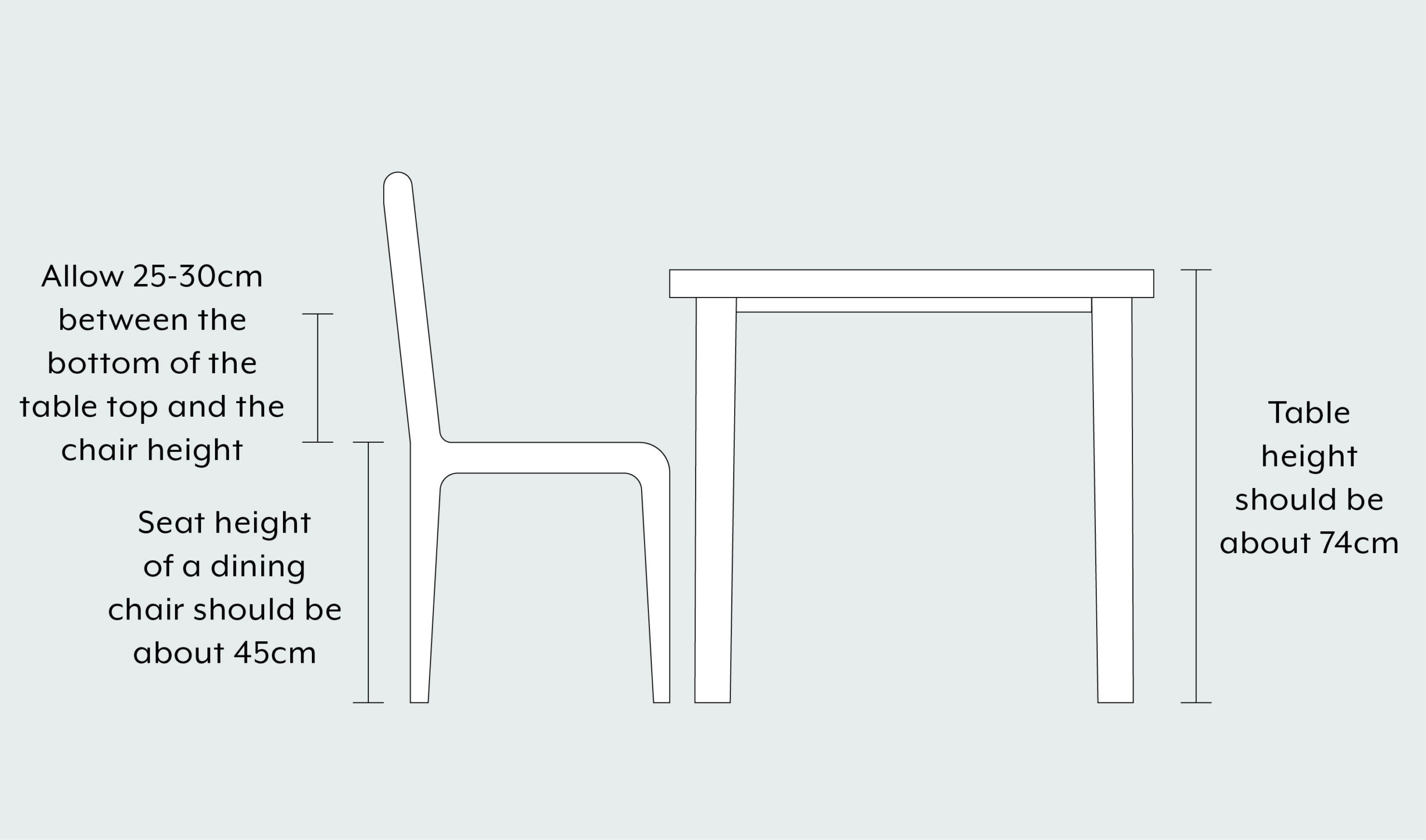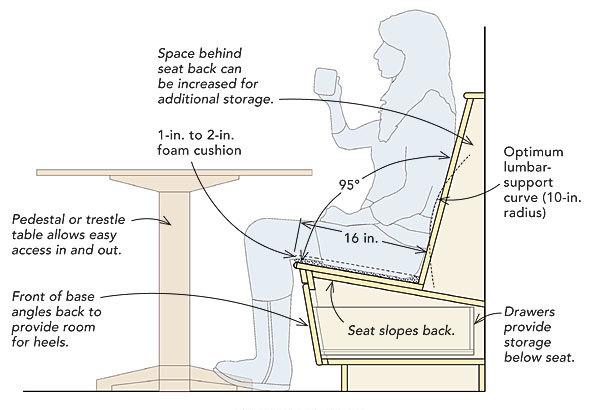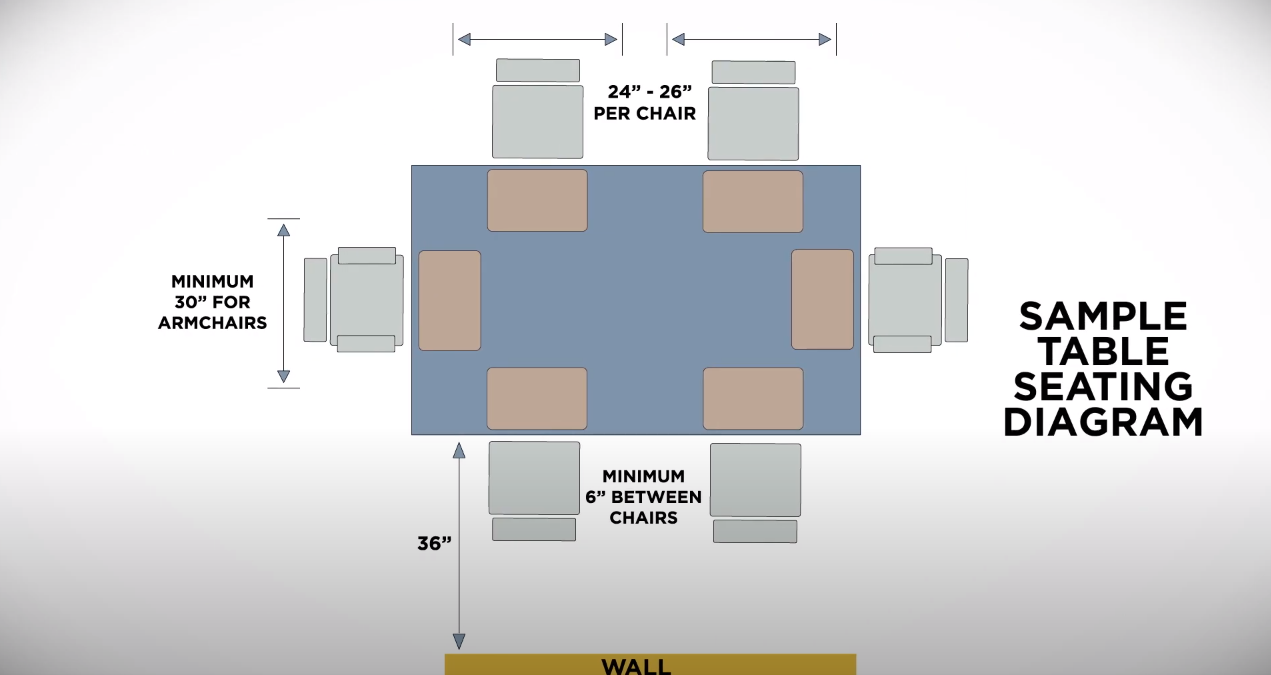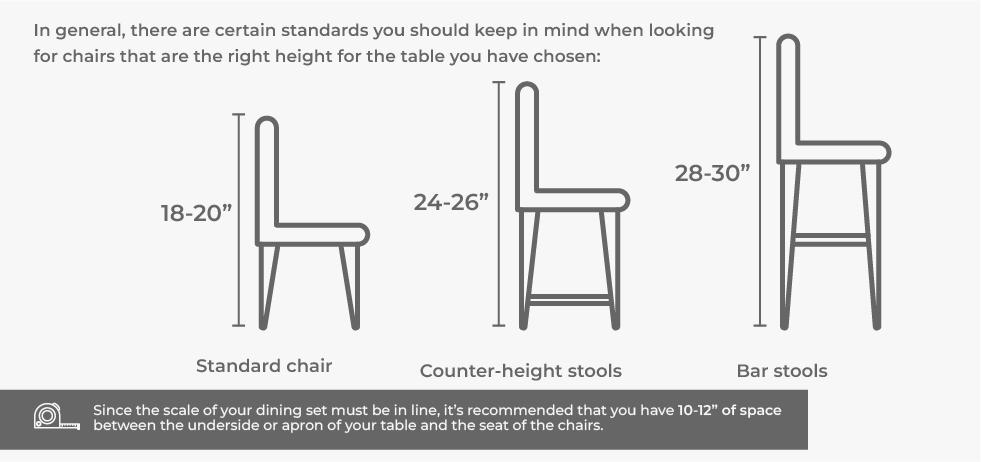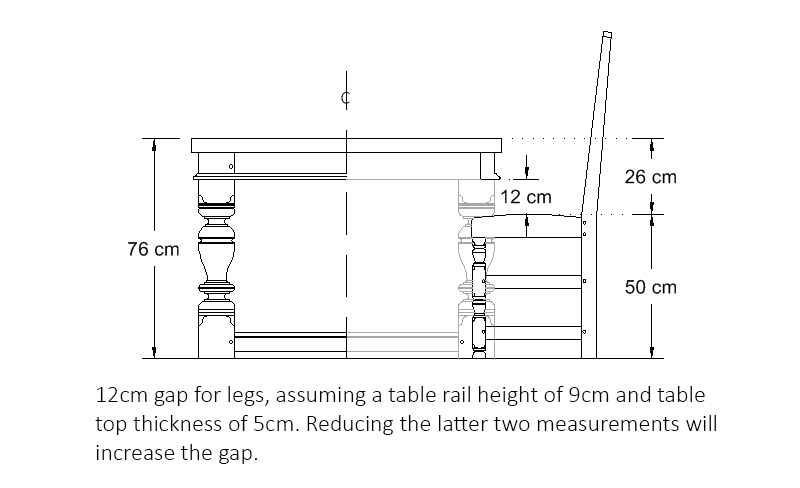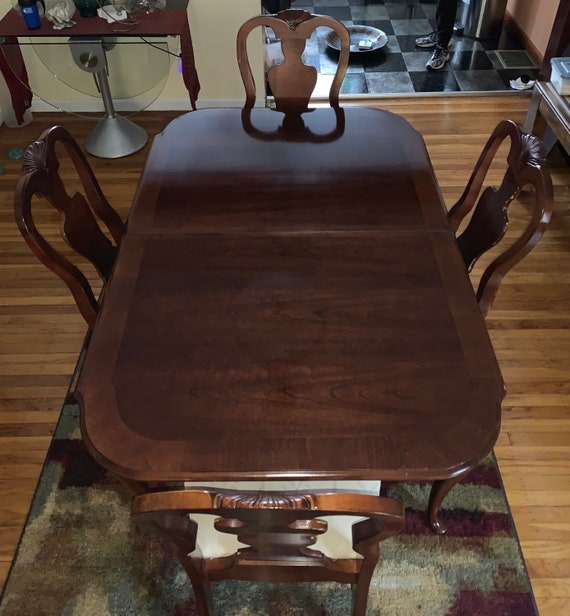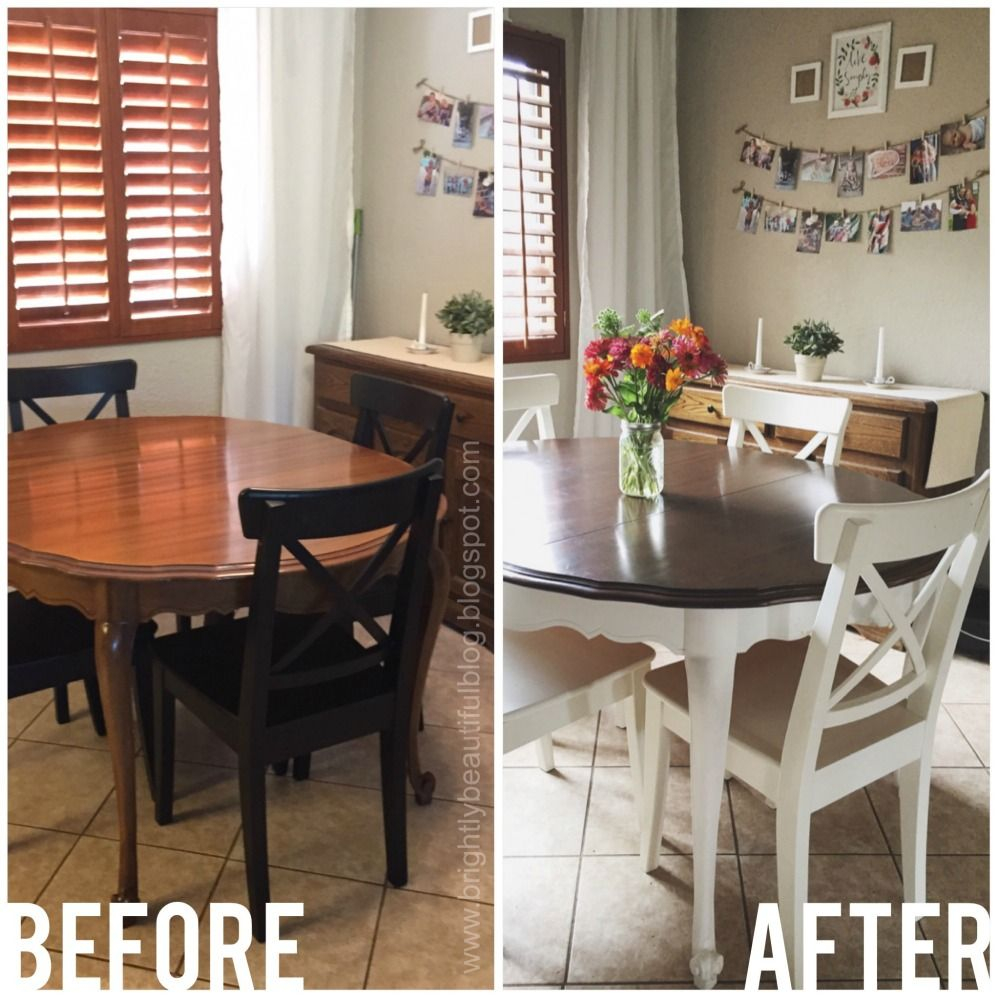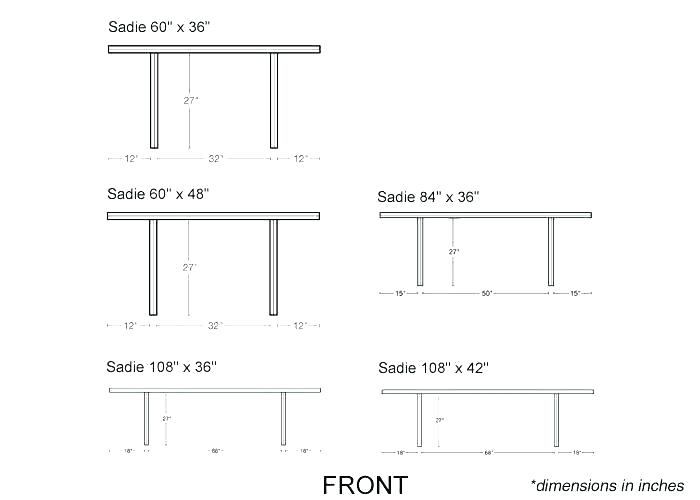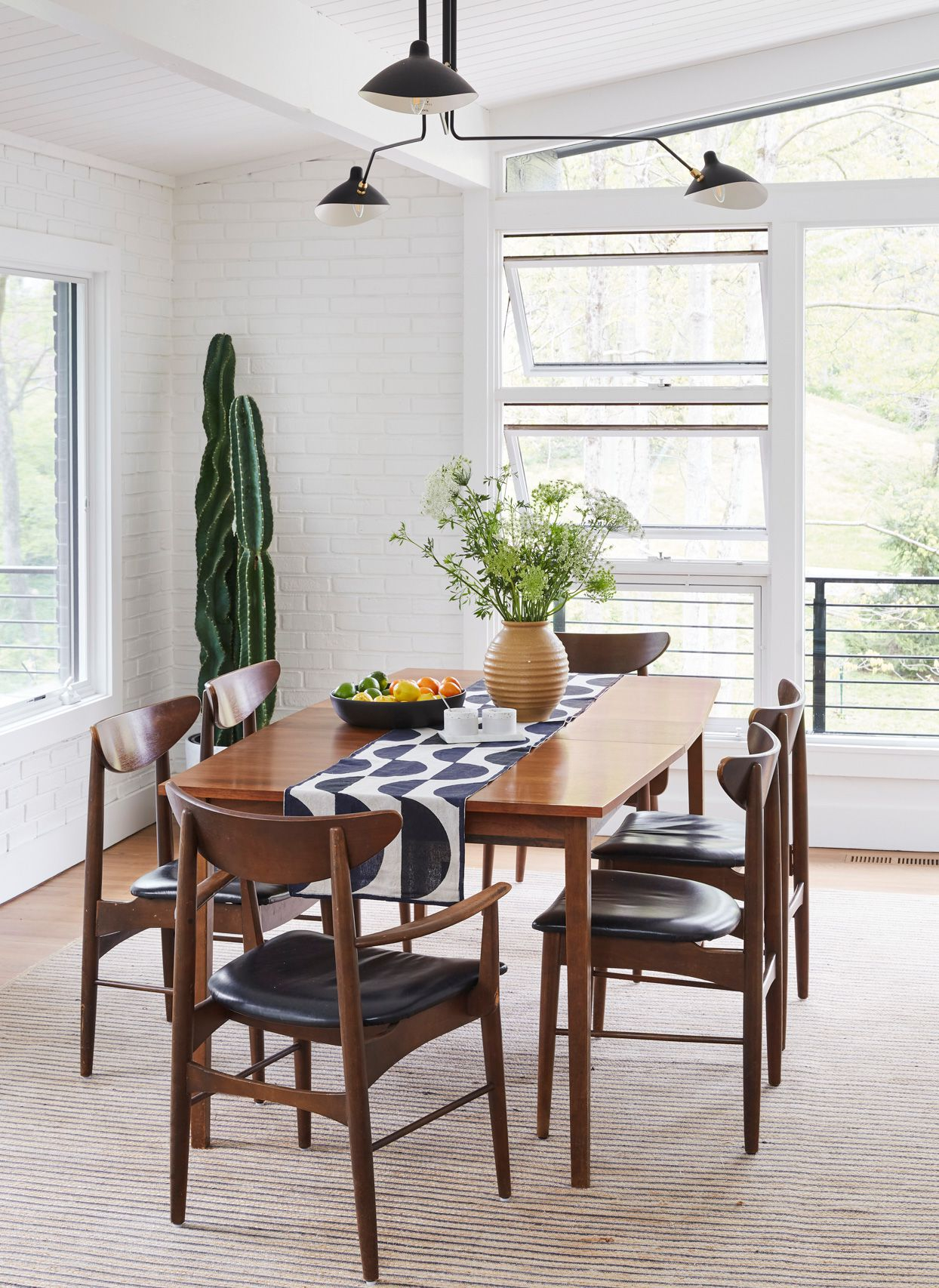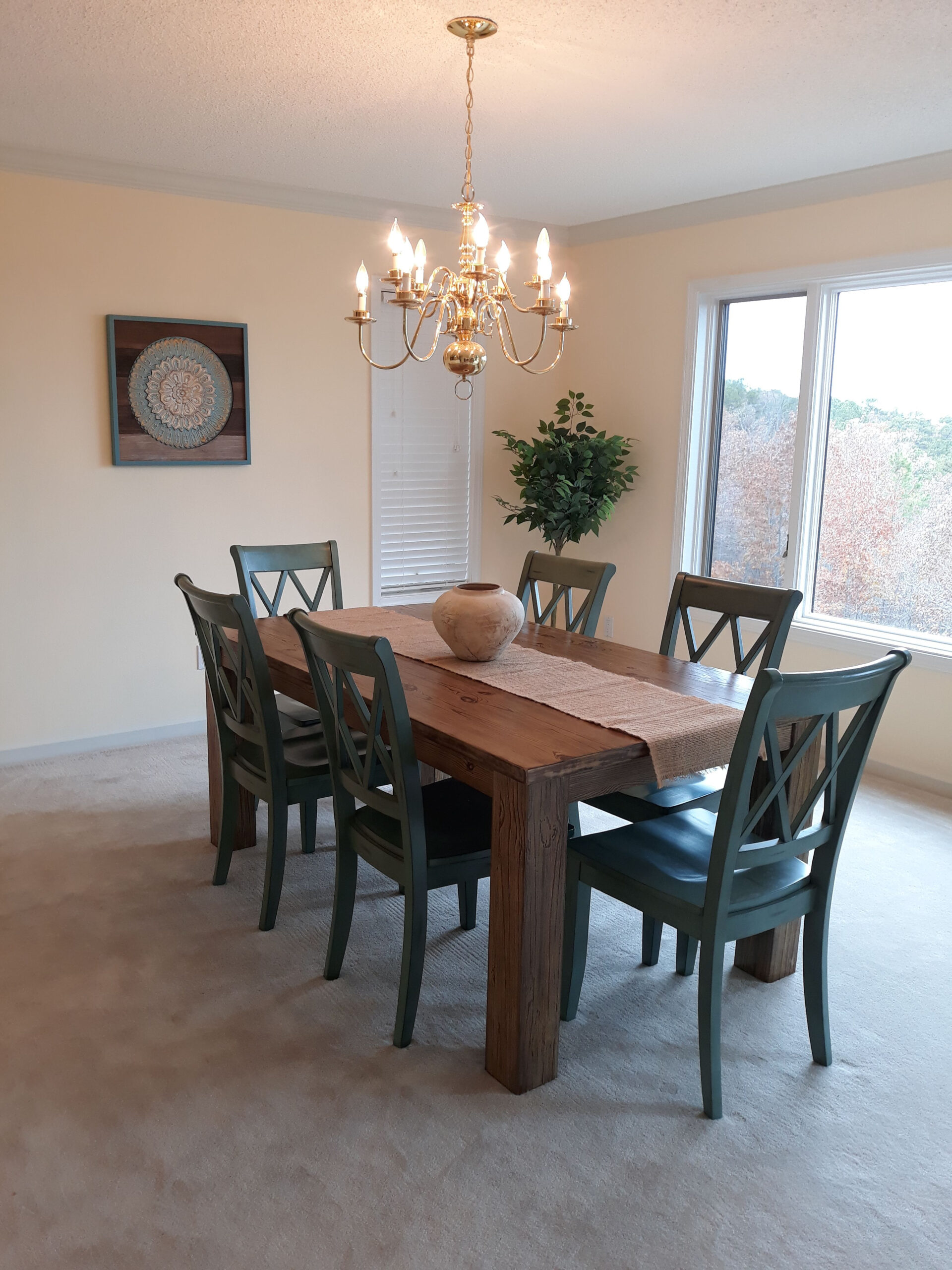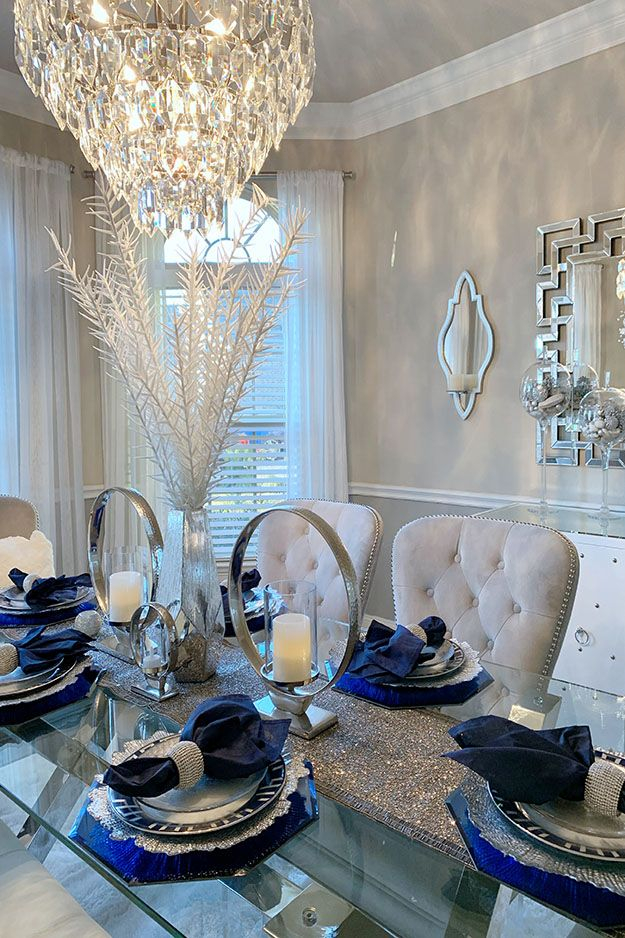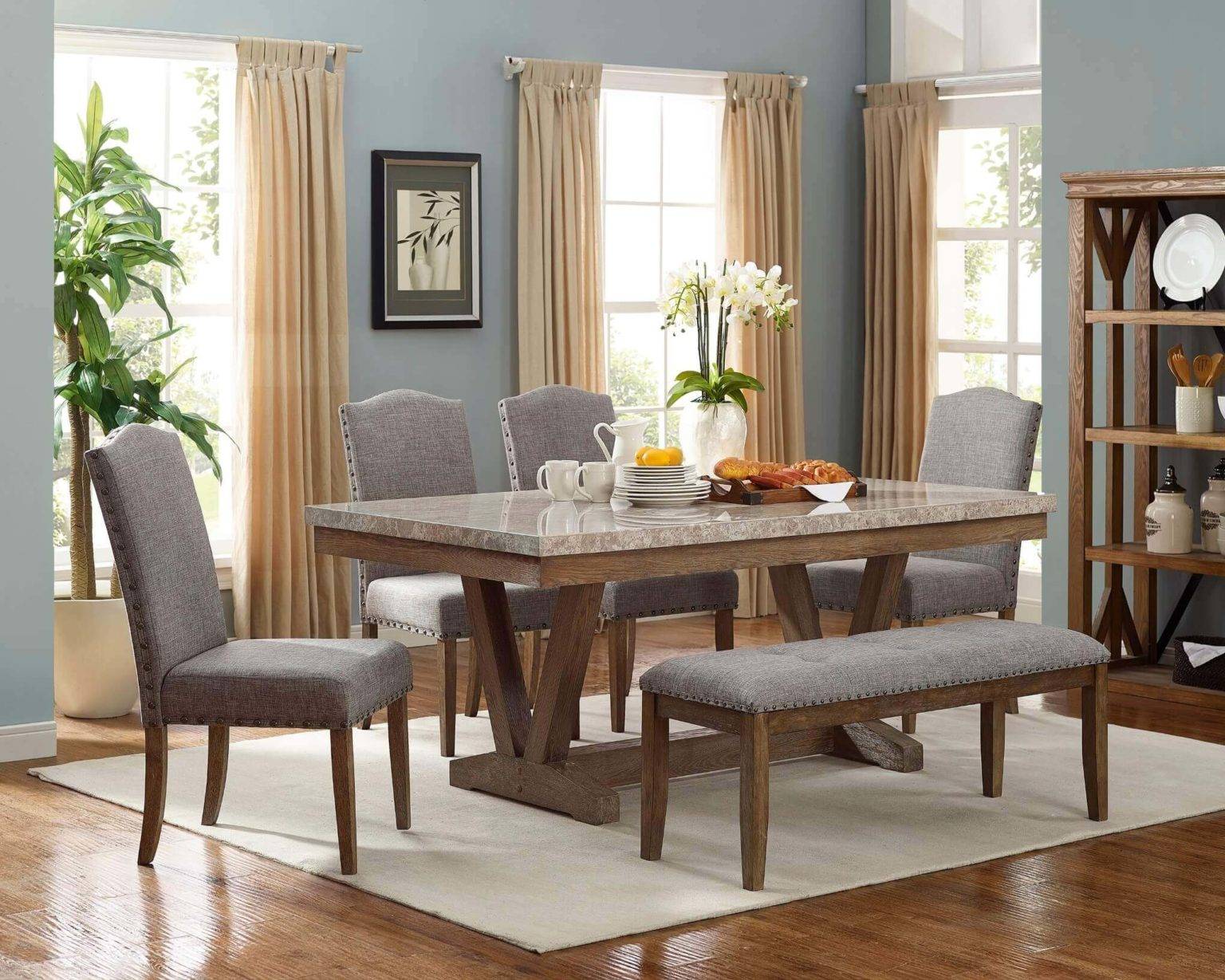We often focus on the flavors, the presentation, and the company when we think about a great meal. But what if the secret to truly savoring your dining experience lies not just on the plate, but in how you’re seated? It turns out, a little attention to ergonomics can make a world of difference. Getting your dining setup just right isn’t just about looking good; it’s about feeling good, too. Let’s explore how.
Think about your last truly memorable meal. Was it the food? The conversation? Or was it also the feeling of ease, of being completely relaxed and at home? Often, the physical comfort we experience at the table plays a huge role in our overall enjoyment. When chairs are too high, too low, or just plain awkward, it can subtly (or not so subtly) detract from the experience. We fidget, we slouch, we get up to stretch. It’s a distraction, plain and simple. But what if we could eliminate that distraction and enhance the pleasure? That’s where the ‘ergonomic secret’ comes in. It’s all about aligning your body with your dining environment for maximum comfort and pleasure.
The Golden Rule: Table Height and Chair Clearance
This is probably the most crucial aspect of ergonomic dining. You want to be able to sit comfortably at your table without feeling crammed or reaching too far. The general guideline is that there should be about a 10- to 12-inch gap between the top of your dining chair seat and the underside of your dining table. This allows enough room for your legs and lap, so you can pull your chair in close enough to eat easily. If your chairs are too tall, you’ll feel like you’re perched awkwardly. Too short, and you’ll be hunching over. It’s a simple measurement, but it makes a massive impact. Imagine trying to enjoy a delicate soup when you have to lean dramatically forward because the table is too high. Not ideal, right? This clearance ensures you can maintain a natural, relaxed posture throughout your meal.
Seat Depth and Back Support: Your Comfort Zone
Beyond just the height, the actual seat of your chair is vital. You want a seat depth that allows you to sit all the way back without your knees hitting the edge of the table. Ideally, there should be a few inches of space between the back of your knees and the front edge of the seat. And let’s talk about back support. A good dining chair should encourage good posture. Look for chairs with a slight curve in the backrest that supports the natural S-shape of your spine. Some chairs have lumbar support built-in, which is a real bonus, especially for longer meals or for those who experience back discomfort. Even a simple cushion can make a significant difference if your chair lacks adequate padding or support. Feeling supported means you can focus on the conversation and the food, not on an aching back.
Armrests: A Double-Edged Sword
Armrests can be a tricky subject in dining ergonomics. While they can offer a sense of luxury and additional support, they can also be a major hindrance. If the armrests are too high, they’ll prevent you from pulling your chair close enough to the table, forcing you into an uncomfortable leaning position. If they’re too low, they might not offer much benefit. The best scenario is often chairs without armrests for a clean, unobstructed dining experience. However, if you do opt for armrests, ensure they are at a height that allows comfortable forearm resting without raising your shoulders or forcing you to lean away from the table. They should be low enough to tuck under the table edge if possible, or at least not impede your ability to get close to your plate. It’s a balance between adding comfort and maintaining functionality.
Material Matters: Breathability and Cushioning
The materials used in your dining chairs can significantly affect comfort, especially during longer meals. Upholstered seats and backs offer cushioning and can feel warmer and more inviting than hard surfaces like wood or metal. However, certain fabrics might not breathe well, leading to discomfort on warmer days. Consider materials that are both comfortable and practical. A good balance might be a chair with a supportive frame and a well-padded seat and back upholstered in a breathable fabric. Or perhaps a chair with a slightly contoured wooden or plastic seat that offers good support without trapping heat. Even the firmness of the cushioning plays a role; too soft and you sink in, too hard and it’s like sitting on a rock. Aim for something that provides firm yet yielding support.
Table Shape and Size: Facilitating Connection
While we’ve focused on chairs, the table itself plays a role too. The shape and size of your table influence how close you can get to your food and how easily you can interact with everyone at the table. Round tables, for instance, are fantastic for conversation because everyone is equidistant from each other. Rectangular tables are practical for larger groups, but ensure there’s enough legroom underneath. The crucial ergonomic point here is accessibility. Can everyone comfortably reach their plate and interact with their neighbors without having to stretch or twist unnaturally? A table that’s too deep can make it hard to reach dishes in the center, while one that’s too narrow can make meals feel cramped. Think about the typical number of people you dine with and the types of meals you serve. This will help you choose a table that’s both functional and fosters connection rather than discomfort.
Putting It All Together: Creating Your Ideal Space
Achieving that perfect dining experience is about harmonizing your seating with your table. It’s not about having the most expensive furniture, but the most thoughtfully chosen. Measure carefully. Consider the height difference between your chairs and table. Think about the depth and support of your seats. Does the backrest encourage a natural posture? Are armrests hindering or helping? Are the materials comfortable for extended periods? And does the table shape and size suit your needs and promote interaction? By paying attention to these ergonomic details, you’re not just choosing furniture; you’re designing an environment that enhances well-being and makes every meal a pleasure to savor. It’s about creating a space where you can truly relax, connect, and enjoy the simple act of sharing food.
So, the next time you’re planning a meal or even just sitting down to a weeknight dinner, take a moment to notice your setup. Are you comfortable? Are you supported? By understanding and applying these ergonomic principles, you can elevate your dining experience from merely functional to truly delightful. It’s a subtle shift that can make a profound difference, turning every meal into an opportunity for comfort and connection. Happy dining!

